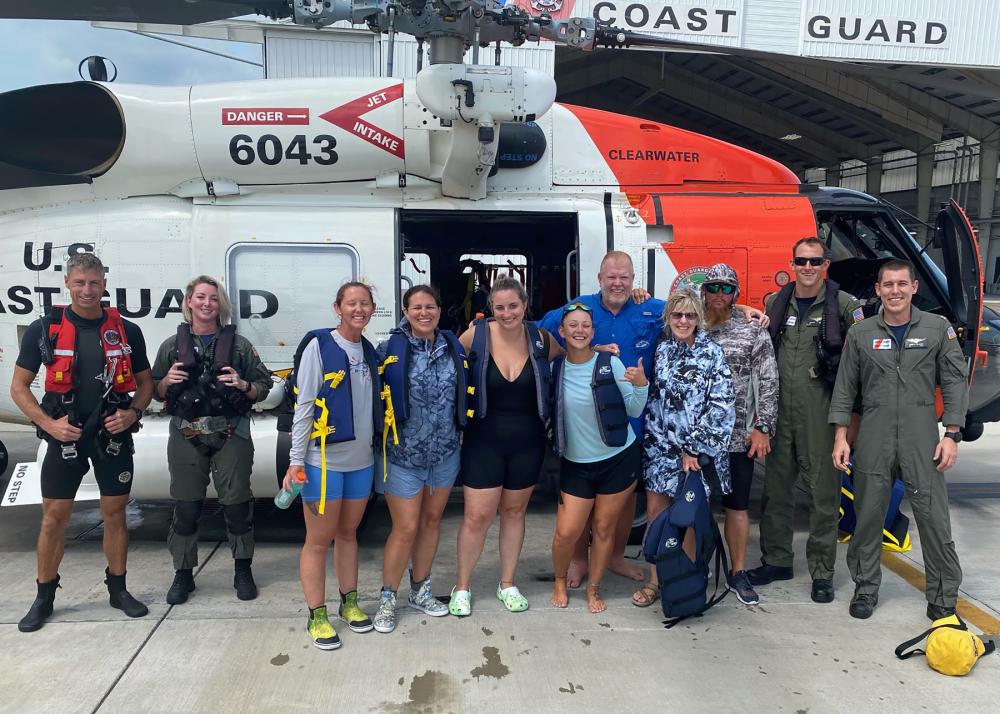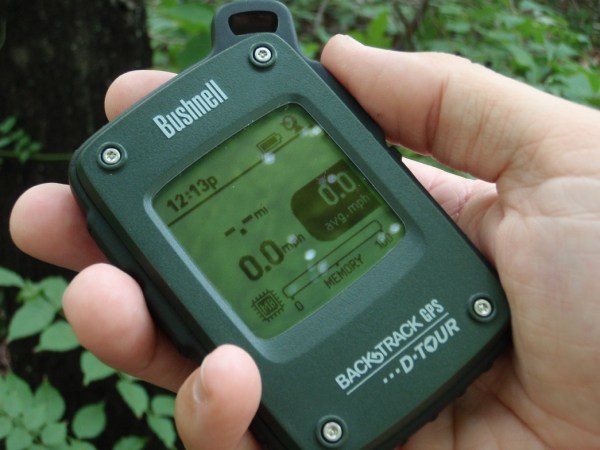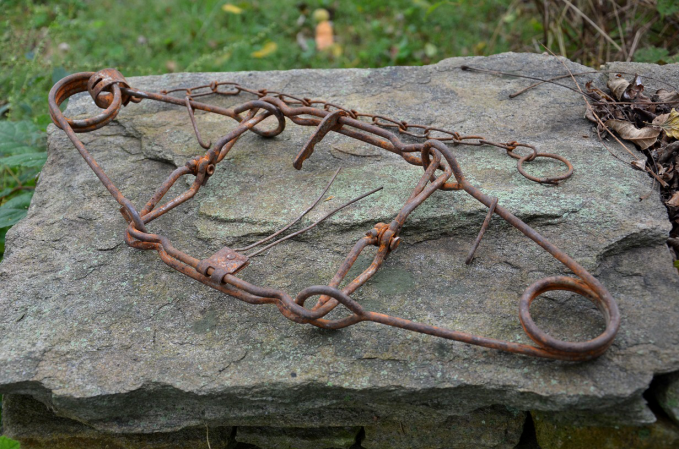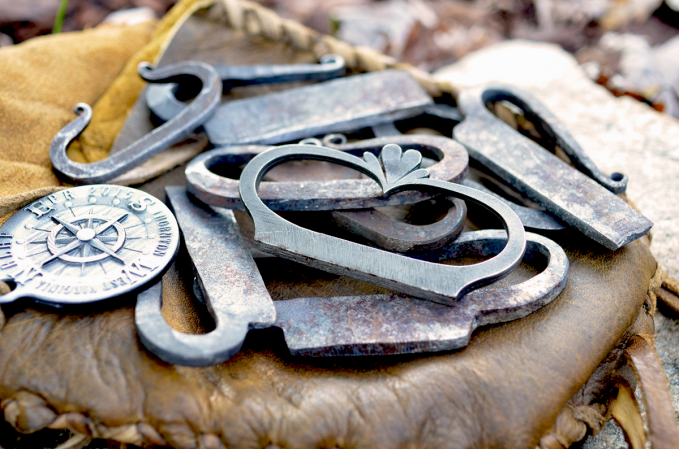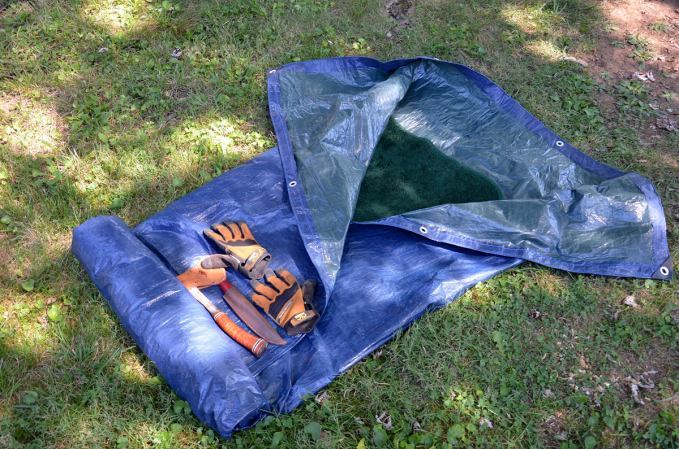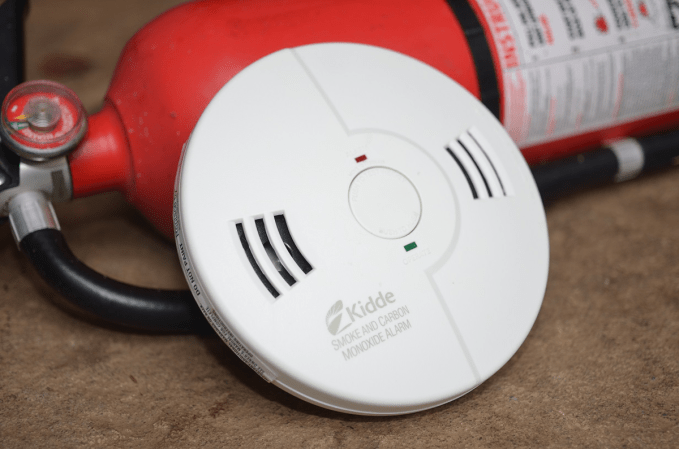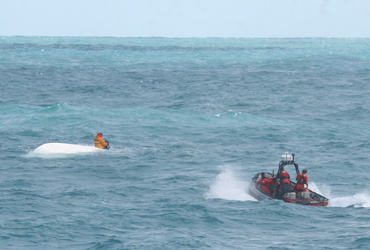The U.S. Coast Guard rescued seven people via helicopter on Saturday after their boat was struck by lightning. The five women and two men onboard were participating in a fishing tournament, and they were approximately 100 miles offshore of Clearwater, Florida, when the lightning strike disabled their 39-foot vessel.
One of the passengers captured a video on their cellphone that shows the exact moment the lightning hit. The video footage, which was released by the USCG on its Facebook page, also shows several of the individuals being hoisted up to the MH-60 Jayhawk helicopter in a rescue basket.
After the strike disabled the boat and left the group stranded in open water, they activated their Emergency Position Indicating Radio Beacon. The USCG District Seven Command Center received the EPIRB alert and dispatched a helicopter immediately. The seven individuals were promptly rescued and brought to the air station, where they were cleared of any medical issues and reunited with family.
The Coast Guard credited the individuals for being prepared for the situation with all the appropriate emergency gear.
“Fortunately, the boaters in this case were well prepared with all the necessary equipment including an EPIRB, flares, and a marine VHF radio to ensure a quick and efficient rescue,” said Coast Guard pilot Lt. David McKinley. McKinley added that lightning storms are “routinely encountered” off the coast of Florida and pose a significant hazard to boaters.
The Risk of Lightning Strikes in Florida Waters
Of all the weather-related risks that outdoorsmen and women face on a regular basis, lightning might seem like one of the least concerning. After all, the odds of a person being struck by lightning in a given year are less than one in a million, according to the Center for Disease Control.
That statistic only relates to people on land, however, and the chances of a boat being struck by lightning increase tenfold—from one in a million to one in 1,000—according to claims filed by BoatUS Marine Insurance.
If you’re a boater in Florida waters, the risk of getting struck by lightning goes up even more, to roughly three in 1,000, according to BoatUS. The Sunshine State is actually the lightning capital of the United States, and it leads the nation in terms of lightning-caused fatalities—with an average of seven per year. (A comparatively low number of deaths were recorded in 2021, with only four people in the state dying from direct lightning strikes.)
Read Next: Watch: California Fishermen Save Two Teenagers from Drowning in Monterey Bay
Interestingly, the other Gulf Coast states of Louisiana, Texas, and Mississippi fall right behind Florida in terms of lightning strikes per square mile. This means that anyone operating a boat in the Gulf of Mexico should be prepared to encounter an electrical storm while out on the water.
How to Stay Safe on the Water During a Lightning Storm
There are a number of precautions that boaters can take to avoid lightning in the first place, such as religiously checking weather reports and learning how to read the weather themselves. But since electrical storms can be unpredictable, you should still know what to do if you get caught in one.
Trying to outrun the storm is never a good idea, so if you’re in a protected area and you can drop anchor quickly before the storm hits, go for it. If you must stay at the helm for any reason, wearing rubber gloves is a good way to insulate yourself from the metal steering wheel. (Some boaters even opt to steer with a wooden spoon or some other non-conductive object.)
Stowing fishing rods, lowering outriggers, and staying away from other tall objects (like masts and antennas) are obvious priorities. Getting to the lowest point in the boat comes next, and if the boat is big enough to have an enclosed cabin, that is going to be the safest place to wait out a storm. Removing all jewelry and staying away from metallic objects is critical, and it’s never a bad idea to throw on a life jacket while you hunker down.
If lightning does make a direct hit, it will likely fry your electronics, which could render your boat inoperable. Even a near strike can disable your onboard navigation and communication systems. If you have handheld electronics, however—such as a handheld VHF radio or GPS unit—you can protect these by placing them in a microwave or tin box, or even by wrapping them in tin foil. Using these makeshift Faraday cages means that even if you find yourself dead in the water after a strike, you still might be able to call for help.
There are plenty of other tips for staying safe while boating in a lightning storm, and Boating magazine has published a list of 29 strategies for this exact scenario. The keys, however, are to familiarize yourself with your surroundings, know your vessel and its capabilities, and always carry the appropriate emergency gear onboard.

